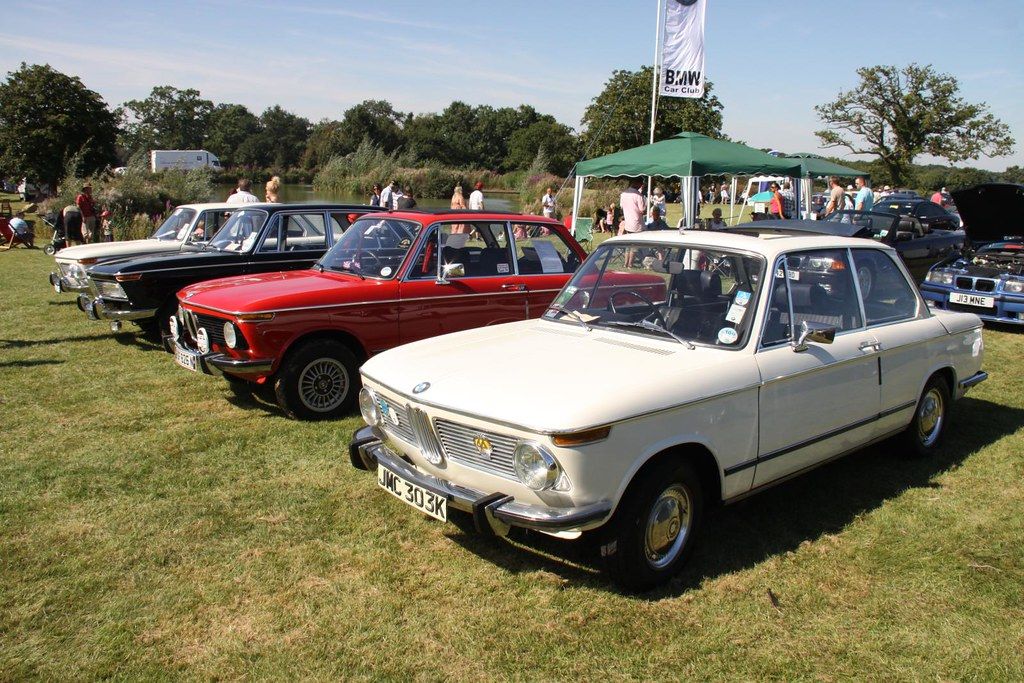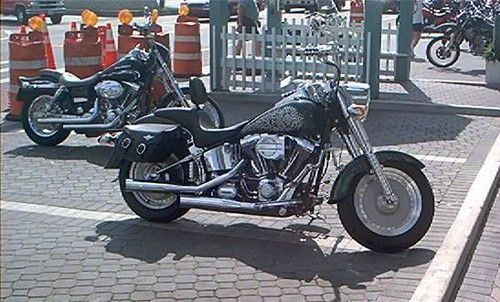
Hollywood blockbusters are an arena where art meets audacious engineering, often culminating in spectacles that defy belief. Few things capture the essence of high-octane cinema quite like a meticulously orchestrated car chase ending in an epic smash-up. For us gearheads, it’s a bittersweet symphony: the thrill of seeing a high-performance machine pushed to its limits, followed by the wince-inducing crunch of metal as it meets its untimely demise.
Filmmakers have long understood the power of authenticity, sometimes going to extreme lengths – and budgets – to deliver jaw-dropping realism. While often replicas are employed to spare priceless originals, there are still countless instances where genuine, multi-million dollar vehicles have met their maker for a single, unforgettable shot. These aren’t just props; they are often engineering marvels, design icons, and speed legends, sacrificed at the altar of entertainment, proving that the commitment to cinematic impact knows no bounds.
Today, we’re taking a deep dive into the extraordinary world of cinematic vehicular carnage. Prepare yourselves, because we’re about to explore the stories behind some of the most expensive cars ever completely wrecked for a movie scene. From unscripted disasters to carefully choreographed demolitions, these are the moments that made us gasp, cheer, and perhaps shed a tear for the fallen automotive titans, showcasing the staggering costs and fascinating narratives behind these epic destructions.
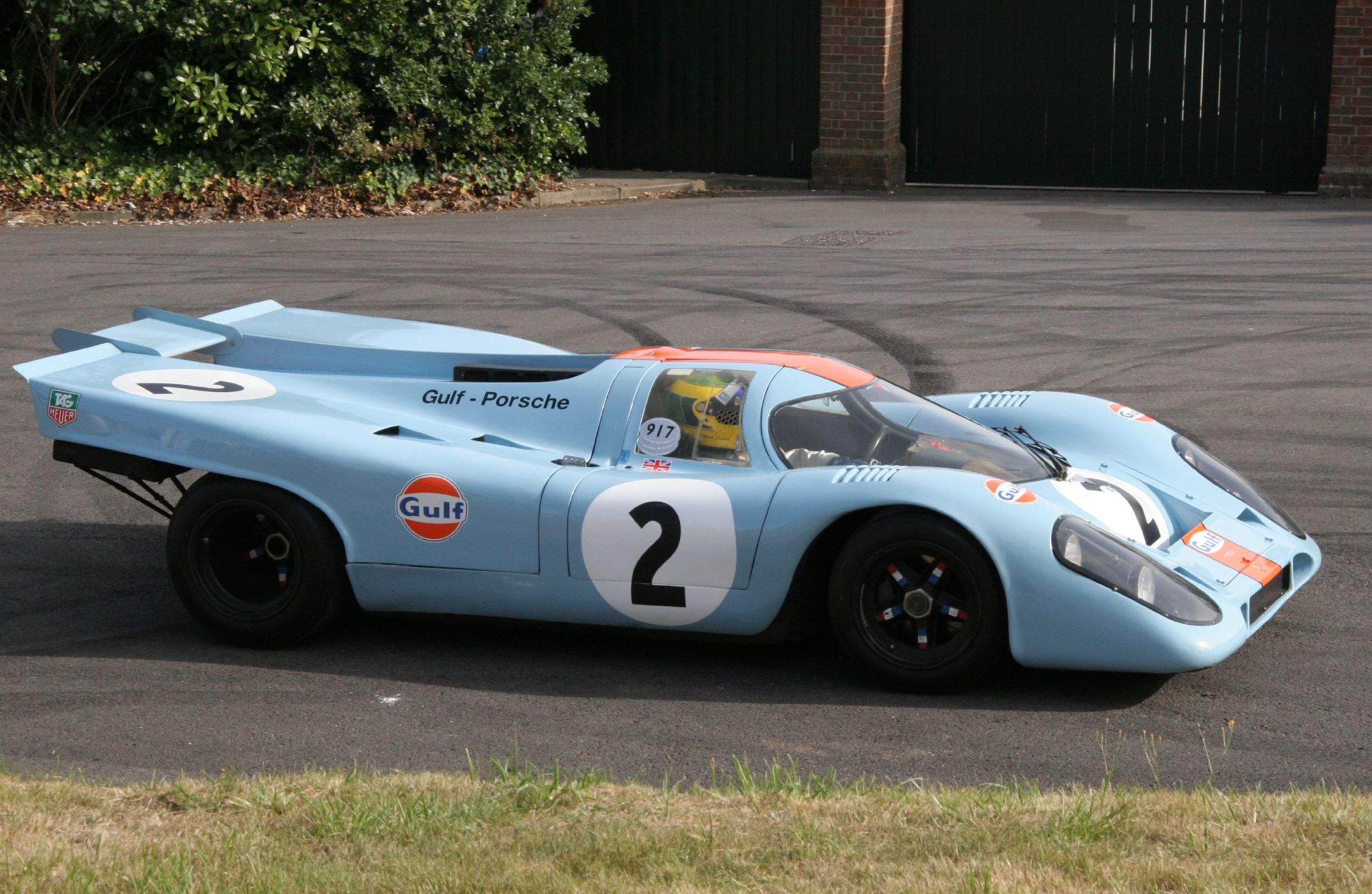
1. **Porsche 917K from “Le Mans”**The 1971 film “Le Mans,” starring the legendary Steve McQueen, utilized real racing cars and authentic action, pushing cinematic boundaries. Among these magnificent machines was the 1970 Porsche 917K, a vehicle commanding respect for its performance and eye-watering value. In 2017, one of these racing thoroughbreds auctioned for an astounding $14.08 million, solidifying its status as the most expensive Porsche ever sold. This makes its on-screen demise particularly impactful.
This particular Porsche 917K, with its distinctive 630 horsepower flat-12 engine and historic racing pedigree, represents the pinnacle of Porsche’s engineering prowess. It’s an icon steeped in endurance racing lore, having dominated circuits in its era. The very notion of one being wrecked sends shivers down the spine of any automotive purist, yet for “Le Mans,” one faced a catastrophic, unscripted end, making it the most expensive car ever to be wrecked during filming.
Chassis 013, one of three 917Ks used, was involved in a serious crash during production, where British driver David Piper was incredibly lucky to escape with his life. As he reached the Maison Blanche section of the circuit, a tire blowout sent the car pinging off barriers on either side of the track. The impact was so severe that the 917K split into two parts, a brutal testament to the crash’s violence. Tragically, Piper lost the lower section of his right leg.
Despite this life-altering accident, Piper’s indomitable spirit never waned; he returned as a team owner and driver, competing well into his later years. What happened to chassis 013 after the crash is debated, with some sources claiming it was rebuilt and raced, while others suggest it was scrapped and another chassis renumbered. Regardless, the sheer cost and unscripted nature of its destruction firmly place the Porsche 917K at the top of cinema’s most tragic automotive sacrifices.
Read more about: From Silver Screen to Auction Block: The 15 Most Expensive Costume Designs in Film History (And the Intriguing Tales They Tell)
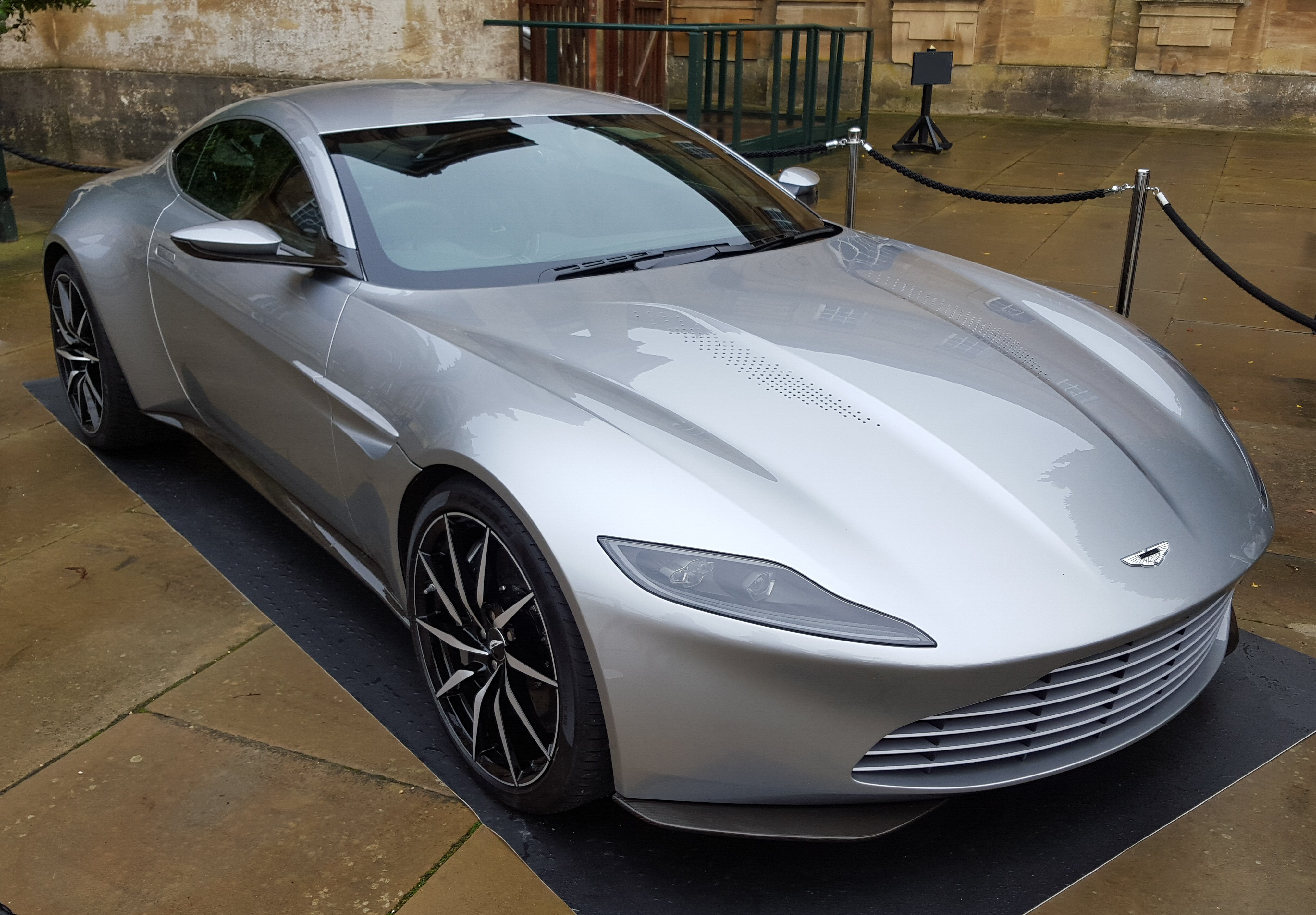
2. **Aston Martin DB10 from “Spectre”**James Bond films are synonymous with high-stakes action and impeccably designed Aston Martins. The 2015 installment, “Spectre,” featured a vehicle so exclusive it was built solely for the film: the Aston Martin DB10. Only 10 models were manufactured in total, making each one an instant legend. Its inherent exclusivity made its fate in “Spectre” all the more astonishing, as this level of intentional vehicular destruction is almost unparalleled.
Out of the mere 10 units produced, a staggering seven were destroyed during intense filming sequences. One surviving model sold for a cool $3.6 million at a Christie’s auction in the U.K. in 2016. Extrapolating this value across the seven wrecked vehicles, the combined potential worth of the destroyed DB10s exceeds $25 million. However, Guinness World Records estimates each DB10 prototype’s value at an even more eye-watering $4.6 million, pushing the total to an astounding $32.2 million for just the DB10s.
The British publication further estimates that the total amount for *all* vehicles destroyed during the filming of “Spectre” reached a colossal $48 million. This figure includes not only the numerous DB10s but also multiple Jaguar C-X75s and a fleet of modified Land Rover Defenders and Range Rovers. It truly puts into perspective the sheer scale of automotive carnage required to bring Bond’s world to life, a taste for destruction that has become significantly more expensive than the $1 million budget for “Dr. No.”
The iconic Rome chase scene accounts for a substantial portion of this damage. Stunt coordinator Gary Powell told the U.K.’s Guardian newspaper in 2015, “In Rome, we wrecked millions of pounds’ worth. They were going into the Vatican at top speeds of 110 mph.” While the destruction was immense, with a production budget of $245 million against worldwide box office receipts exceeding $880 million, the production team clearly smashed its way to a significant profit.
Car Model Information: 2024 BMW X5 sDrive40i
Name: Aston Martin DB10
Manufacturer: Aston Martin
Production: 2014–2015,10 produced
Assembly: Gaydon,Warwickshire
Class: Grand Tourer
BodyStyle: coupé
Layout: Front mid-engine, rear-wheel-drive layout
Platform: Aston Martin VH platform
Engine: Jaguar AJ-V8 engine#Aston Martin 4.3/4.7,V8 engine
Transmission: Graziano Trasmissioni,manual transmission
Wheelbase: cvt
Width: cvt
Weight: 1542 kg
Abbr: on
Doors: Swan doors
Successor: Aston Martin DB11
Predecessor: Aston Martin DB9
Related: Aston Martin Vantage (2005),Aston Martin Vantage (2018)
Designer: Marek Reichman
Sp: uk
Categories: All Wikipedia articles written in British English, Articles with short description, Aston Martin concept vehicles, Cars designed and produced for films, Cars introduced in 2014
Summary: The Aston Martin DB10 is a bespoke grand tourer specially developed for the James Bond film Spectre by the British luxury car manufacturer Aston Martin.
Get more information about: Aston Martin DB10
Buying a high-performing used car >>>
Brand: Aston Martin Model: DB10
Price: $37,758 Mileage: 39,959 mi.
Read more about: Hollywood’s Most Audacious Crashes: The Jaw-Dropping Costs of Wrecking 14 Legendary Cars in Film History
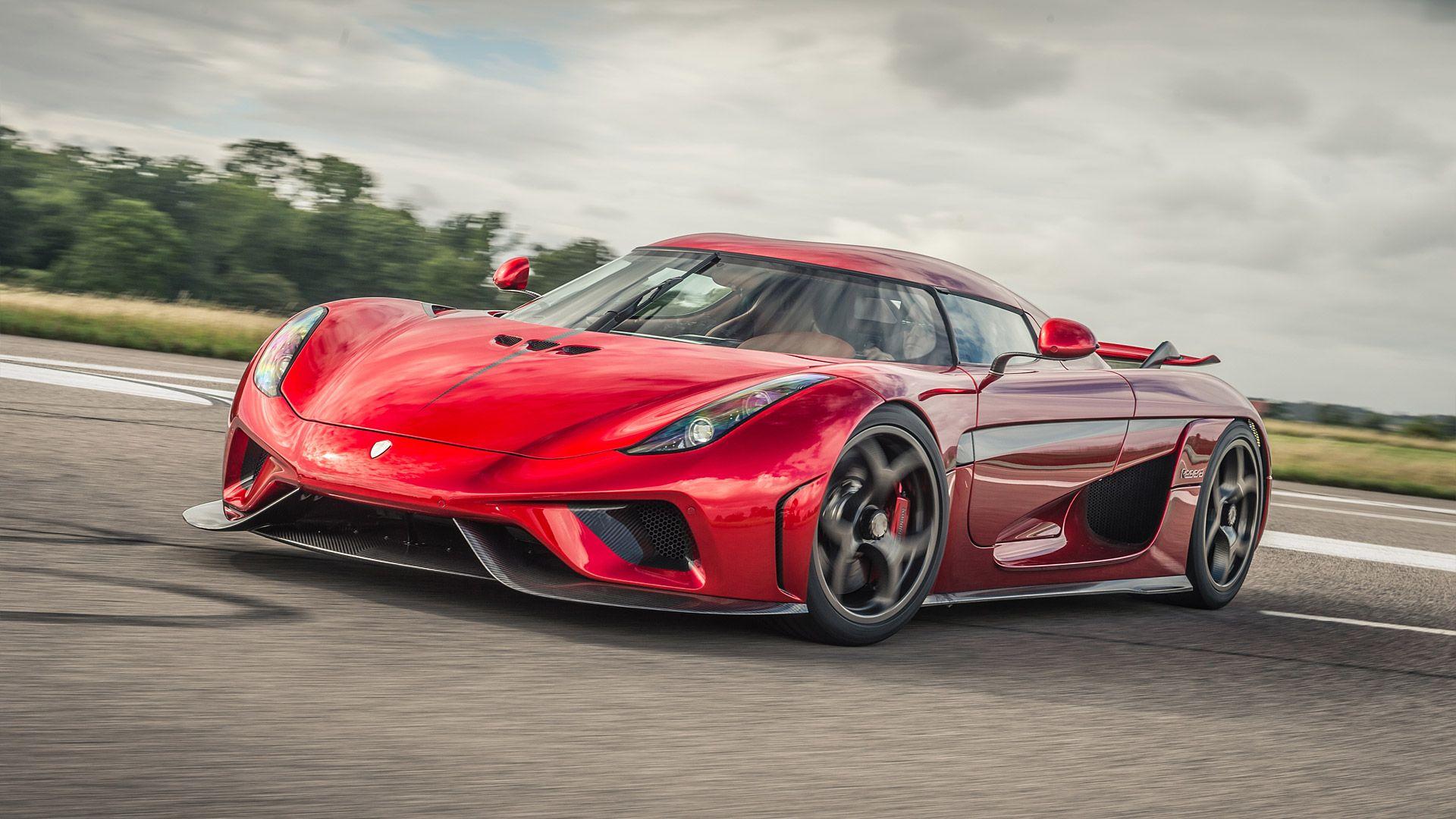
3. **Koenigsegg CCXR from “Fast & Furious 6″**The “Fast & Furious” franchise is renowned for its over-the-top action and the destruction of countless high-performance vehicles. Among the many casualties, the Koenigsegg CCXR stands out as one of the most astronomically expensive cars to meet its end in “Fast & Furious 6.” This Swedish hypercar represents an extreme level of automotive exclusivity and performance, making its on-screen demise a truly memorable, if painful, moment for car enthusiasts.
The Koenigsegg CCXR is not merely a fast car; it’s a testament to extreme engineering and bespoke craftsmanship. Known for its incredible speed, breathtaking design, and astounding rarity, this hypercar is valued at over $4.8 million. It’s a machine built for blistering pace and discerning collectors, a true jewel in the crown of any serious automotive connoisseur. To see such a masterpiece obliterated in a high-octane race sequence is a vivid illustration of the franchise’s no-holds-barred approach to cinematic spectacle.
The sequence in “Fast & Furious 6” where the CCXR meets its fate is a blur of speed, adrenaline, and eventual chaos. The “demise… during a high-octane race” implies a violent and conclusive end, perfectly aligned with the high-stakes narrative. This level of sacrifice for a single movie scene underscores the lengths filmmakers will go to create truly unforgettable moments, even if it means writing off a car that costs more than many luxury homes. Its destruction contributes significantly to the “Fast & Furious” legacy of automotive carnage.

4. **Pagani Zonda Cinque from “Fast Five”**Another jewel in the crown of exotic car destruction from the “Fast & Furious” saga is the Pagani Zonda Cinque, which met its spectacular end in “Fast Five.” This particular hypercar is less about sheer speed records and more about unparalleled artistry, exclusivity, and a price tag that positions it firmly among the world’s most desirable automobiles. Its inclusion and subsequent demolition in the film underscore the franchise’s unwavering commitment to over-the-top, high-stakes action involving vehicles of staggering value.
The Pagani Zonda Cinque is an icon of automotive design and performance, handcrafted with an obsessive attention to detail. Its rarity is legendary, with only five units ever produced, making it an extraordinarily exclusive machine. Each Zonda Cinque carries an estimated price tag that can reach up to $3.4 million, reflecting its bespoke nature, advanced engineering, and the sheer prestige associated with the Pagani marque.
In “Fast Five,” the Zonda Cinque’s destruction occurs during one of the film’s iconic street races, a staple of the franchise that pits incredible machinery against one another in a ballet of speed and impending doom. The “destruction… during one of its iconic street races” implies a dramatic and conclusive end, perfectly aligned with the high-octane narrative. The decision to feature and then destroy such an incredibly rare and valuable vehicle like the Pagani Zonda Cinque speaks volumes about the cinematic ambition of “Fast Five.”
Car Model Information: 2024 BMW X5 sDrive40i
Name: Pagani Zonda
Caption: Pagani Zonda C12 (chassis no. 001)
Manufacturer: Pagani Automobili
Production: 1999–2019 (special edition/one-off models still occasionally built in limited numbers)
Assembly: San Cesario sul Panaro
Designer: Horacio Pagani (auto executive)
Class: Sports car
BodyStyle: unbulleted list
Related: Pagani Zonda R
Layout: Rear mid-engine, rear-wheel-drive layout
Engine: unbulleted list
Transmission: unbulleted list
Wheelbase: 2730 mm
Abbr: on
Length: convert
Width: 2055 mm
Height: convert
Weight: unbulleted list
Successor: Pagani Huayra
Categories: 2000s cars, Articles with hAudio microformats, Articles with short description, CS1 Italian-language sources (it), Cars introduced in 1999
Summary: The Pagani Zonda is a mid-engine sports car produced by Italian sports car manufacturer Pagani. It debuted at the 1999 Geneva Motor Show. Produced on commission in limited units, as of 2019 a total of 140 cars had been built, including development mules. Variants include a two-door coupé and roadster variant, along with a third new variant being the barchetta. Construction is mainly of carbon fibre.
The Zonda was originally to be named the “Fangio F1” after Formula One champion Juan Manuel Fangio, but, following his death in 1995, it was renamed for the Zonda wind, a term for a hot air current above Argentina.
Get more information about: Pagani Zonda
Buying a high-performing used car >>>
Brand: Pagani Model: Zonda Cinque
Price: $37,758 Mileage: 39,959 mi.

5. **Lykan Hypersport from “Fast & Furious 7″**The “Fast & Furious” franchise continually raises the bar for vehicular stunts and destruction, and “Fast & Furious 7” delivered one of its most iconic sequences: the skyscraper jump involving the Lykan Hypersport. This Lebanese supercar, manufactured by W Motors, is known for its diamond-encrusted headlights and incredible rarity. A genuine 2013-2017 Hypersport boasts an estimated value of $3.4 million, placing it among the world’s most expensive production cars.
While the context clarifies that the specific cars used for the most spectacular stunts, like Dominic Toretto driving a Lykan Hypersport off a skyscraper, were in fact replicas, the sheer visual impact and the real-world value of the genuine article still earn it a prominent place on this list. The filmmakers understood that for such an audacious sequence, the illusion needed to be perfect, requiring cars that *looked* every bit the $3.4 million original.
The film’s use of replicas is a common practice in Hollywood for obvious reasons, but the genuine limited edition supercars’ astronomical estimated value underscores the scene’s ambition. One stunt car, remarkably, survived the ordeal to go to auction, with early bidding starting around $100,000. This disparity highlights the incredible lengths and costs involved in creating such cinematic illusions, making the dramatic leap into impending destruction incredibly impactful.
Car Model Information: 2024 BMW X5 sDrive40i
Name: Lykan HyperSport
Caption: The Lykan HyperSport in Monaco
Manufacturer: W Motors
Designer: Ralph Debbas
Production: 2013–2018
ModelYears: 2014–2018
Assembly: Jebel Ali,Dubai,United Arab Emirates
Class: Sports car
BodyStyle: coupé
Layout: Rear mid-engine, rear-wheel-drive layout
Engine: Porsche flat-six engine,twin-turbo
Transmission: Sequential manual transmission
Wheelbase: 2625 mm
Abbr: on
Length: 4480 mm
Width: 1944 mm
Height: 1170 mm
Weight: 1380 kg
Sp: uk
Successor: W Motors Fenyr SuperSport
Categories: All articles with unsourced statements, Articles with short description, Articles with unsourced statements from October 2024, Cars introduced in 2013, Cars powered by boxer engines
Summary: The Lykan HyperSport is a limited-production sports car manufactured by W Motors, a United Arab Emirates-based company, founded in 2012 in Lebanon with the collaboration of Lebanese and Italian engineers. It is the first sports car to be designed indigenously in the Middle East; however, the bodywork, chassis and engine were all produced in Germany and assembled in Italy.
The production of the car was limited to a total of seven units. The first pre-production Lykan HyperSport was unveiled to the public at the Qatar Motor Show in February 2013.
Get more information about: W Motors Lykan HyperSport
Buying a high-performing used car >>>
Brand: W Motors Model: Lykan Hypersport
Price: $37,758 Mileage: 39,959 mi.
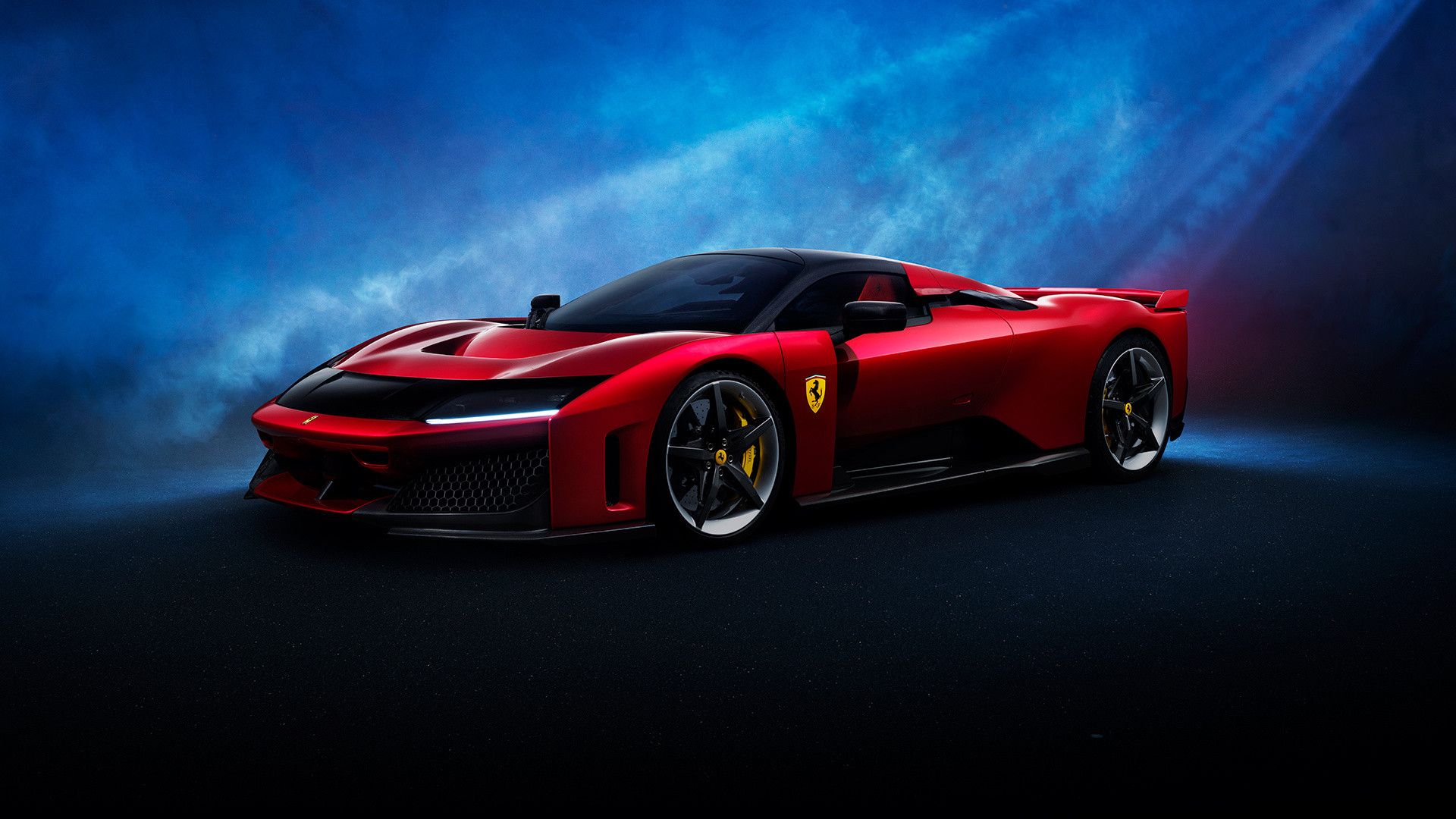
6. **Ferrari Enzo from “Rush”**The film “Rush,” a thrilling cinematic portrayal of the intense rivalry between Formula 1 drivers Niki Lauda and James Hunt, is celebrated for its dedication to period accuracy and exhilarating racing sequences. Within this narrative of high-speed competition and personal drama, a truly iconic Ferrari — the Ferrari Enzo — meets a dramatic and fiery end, making it one of the most expensive cars wrecked on screen.
Named after the company’s legendary founder, Enzo Ferrari, this supercar is far more than just a vehicle; it’s a tribute, a performance icon, and a collector’s dream. The Ferrari Enzo is an exceptionally rare gem, with only a few hundred ever made, contributing significantly to its immense value. Each unit costs upwards of $2.5 million, reflecting its heritage, cutting-edge technology, and unparalleled performance capabilities.
In “Rush,” the Ferrari Enzo features in a dramatic scene where it crashes and burns, a moment that encapsulates the inherent dangers and high stakes of professional motor racing. While the specific context does not detail whether it was a genuine Enzo or a meticulously crafted replica that met its fiery fate, the impact of seeing such a recognizable and valuable machine succumb to the inferno is undeniable. The visual of a car named after the patriarch of Ferrari engulfed in flames serves as a powerful symbol of the risks taken in pursuit of victory.
Read more about: Kings of the Asphalt: Reliving the Glory Days of 1980s Sports Cars and Supercars That Defined a Generation
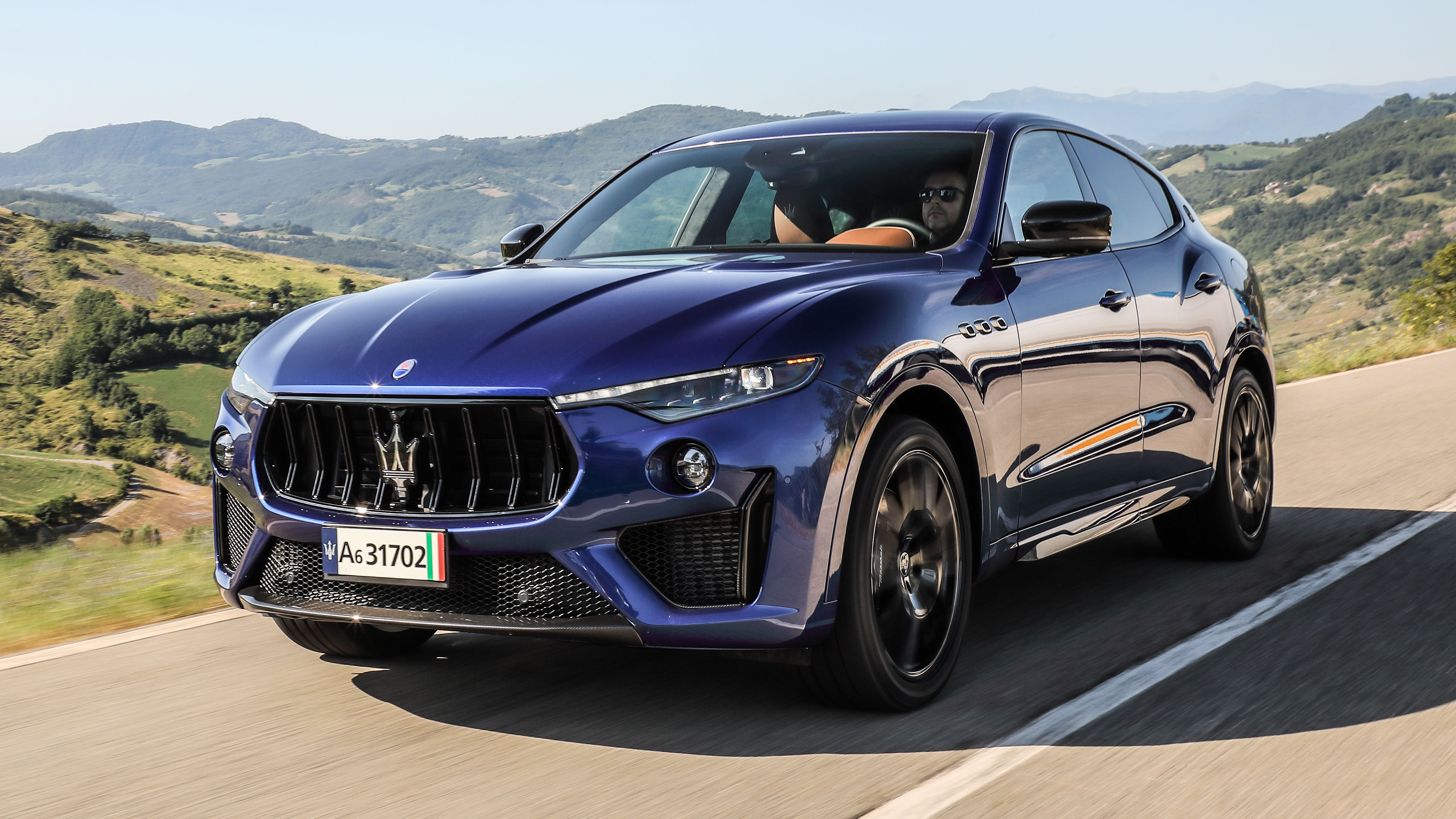
7. **Maserati MC12 from “The Italian Job – Remake”**The 2003 remake of “The Italian Job” delivered a high-octane chase through the bustling streets of Los Angeles, and one particularly rare and exquisite machine met its dramatic end: the Maserati MC12. This isn’t just any supercar; it’s a testament to Maserati’s racing pedigree, with only 50 units ever produced, making it an incredibly exclusive automotive masterpiece. Valued at approximately $1.7 million, its on-screen destruction was a truly significant, albeit visually stunning, sacrifice for cinematic realism.
The MC12 was essentially a road-going version of Maserati’s FIA GT championship-winning race car, built to homologate the track version. With its ferocious V12 engine, stunning aerodynamic bodywork, and unmistakable trident badge, it represented the pinnacle of Italian performance and design. To witness such a limited-production vehicle, born from racing heritage, succumb to the chaos of a movie chase scene underscores the dedication to spectacle in modern filmmaking.
In the remake, the MC12’s role in the chase amplified the stakes, pitting its raw power and exotic allure against the urban landscape. Its dramatic demise contributed to the film’s reputation for thrilling vehicular action, cementing its place in the annals of cinema’s most expensive automotive casualties. For enthusiasts, it’s a poignant reminder of the lengths to which productions will go, transforming a prized collector’s item into a fleeting moment of on-screen glory.
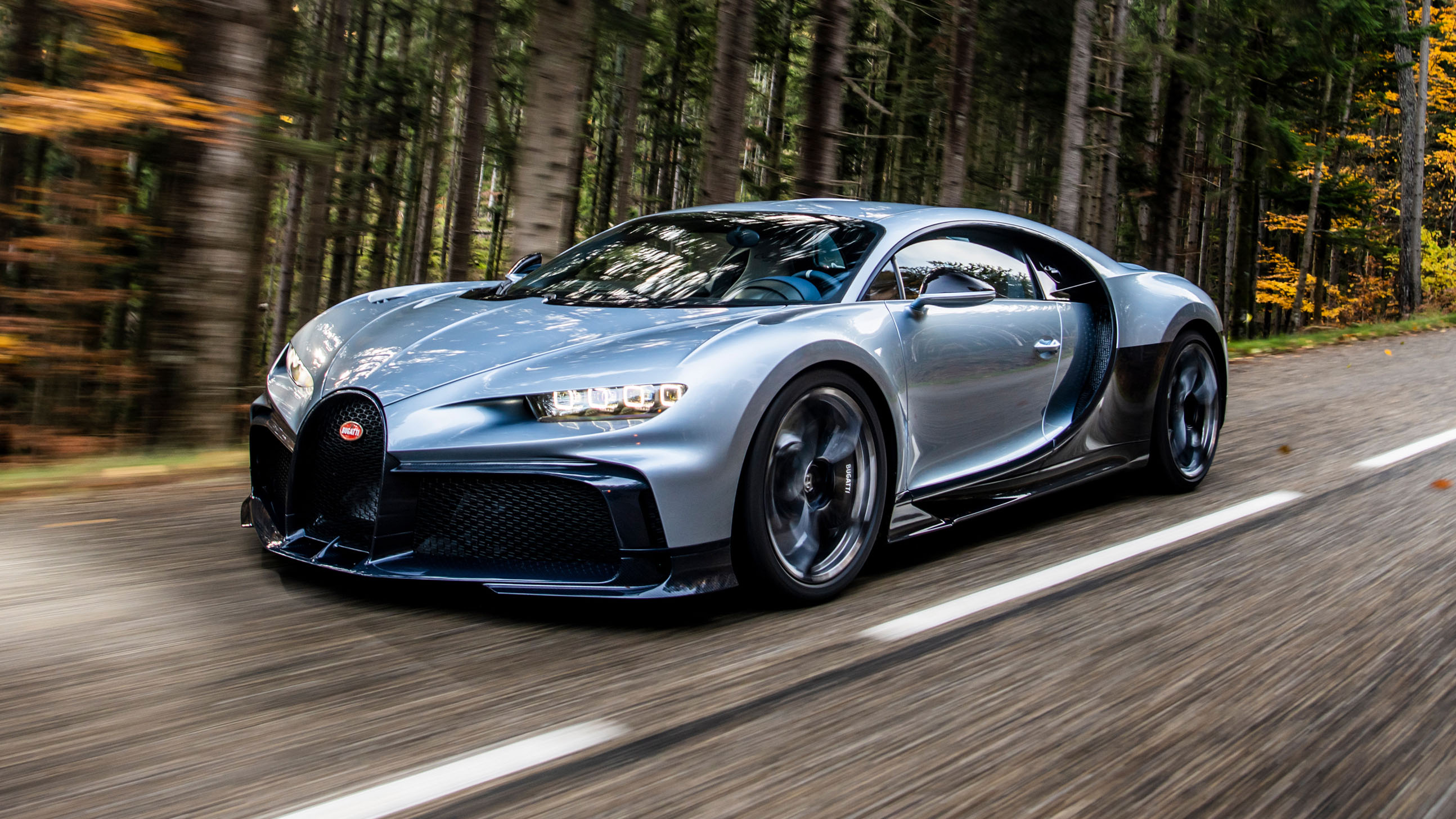
8. **Bugatti Veyron from “Need for Speed”**The 2014 film “Need for Speed,” inspired by the popular video game franchise, was naturally packed with high-velocity automotive action, and it certainly didn’t shy away from wrecking some seriously valuable metal. Among the casualties was the legendary Bugatti Veyron, a hypercar synonymous with extreme speed and unimaginable luxury. Known as one of the fastest street-legal cars ever conceived, the Veyron carries a price tag that can easily exceed $1.5 million, making its on-screen demise a truly heart-stopping spectacle for anyone with petrol in their veins.
The Veyron itself is a marvel of engineering, a machine designed to push the boundaries of automotive performance with its quad-turbo W16 engine and blistering top speeds. Its presence in a high-speed chase scene instantly elevates the intensity, grounding the fantastical stunts in a layer of tangible, high-value reality. The very idea of intentionally destroying such an icon is almost sacrilegious to car purists, yet for the sake of cinematic impact, it was deemed a necessary sacrifice.
Its destruction in “Need for Speed” during a relentless pursuit sequence served as a powerful visual exclamation point, amplifying the raw danger and adrenaline of the film’s narrative. This kind of vehicular sacrifice, especially involving a car of the Veyron’s caliber, showcases the enormous budgets and artistic commitment poured into creating truly unforgettable moments on the big screen. It transforms mere steel and carbon fiber into a dynamic element of the story, leaving an indelible mark on the audience’s memory.
Read more about: Hollywood’s High Octane: Tom Cruise’s 15 Vehicles That Define His Adrenaline Obsession
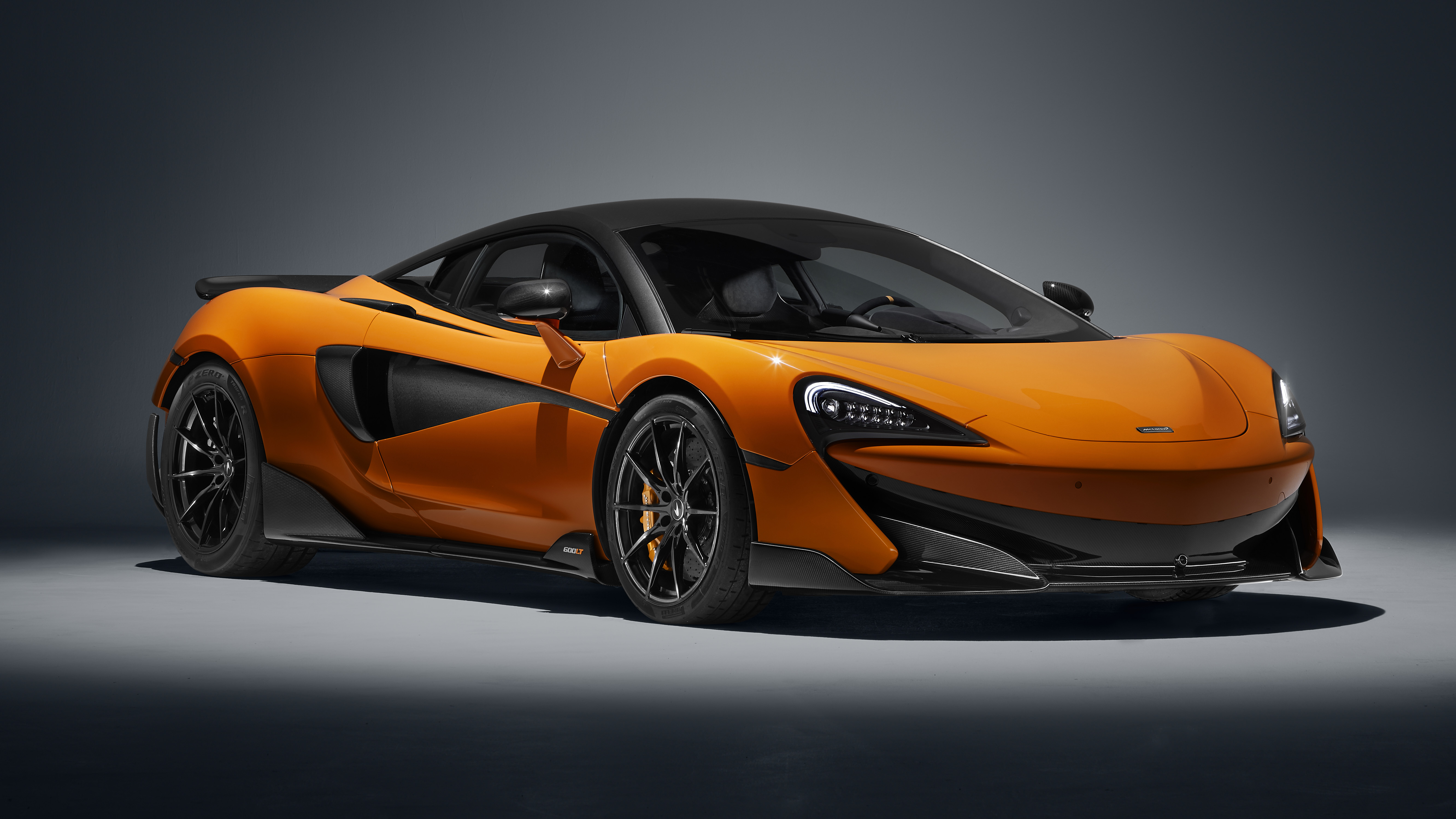
9. **McLaren P1 from “Transformers: Age of Extinction”**Michael Bay’s “Transformers” franchise is known for its explosive, larger-than-life battles, and in “Transformers: Age of Extinction,” even an exceptionally rare and valuable hybrid hypercar couldn’t escape the fray. The McLaren P1, a limited-production marvel of automotive technology, found itself obliterated amidst an intense battle scene. With only 375 units ever made, each P1 commands a price tag of approximately $1.15 million, highlighting the staggering cost of bringing these robotic alien wars to cinematic life.
The McLaren P1 is far more than just a car; it’s a statement of cutting-edge performance and design, seamlessly blending a twin-turbo V8 engine with an electric motor to deliver astonishing power and efficiency. Its carbon fiber monocoque chassis and active aerodynamics represent the pinnacle of modern automotive engineering. To see such a meticulously crafted machine reduced to scrap, even if a replica, is a powerful visual that underscores the sheer scale of destruction depicted in the film.
The inclusion of a car as prestigious as the P1 in a major Hollywood blockbuster speaks volumes about the dedication to visual authenticity, even when dealing with giant robots. Its obliteration in the midst of a chaotic fight sequence serves to amplify the raw power and destructive force unleashed by the Transformers. For automotive enthusiasts, it’s a bittersweet moment: a gorgeous machine meeting its end, but doing so in a way that truly elevates the cinematic spectacle.
Car Model Information: 2015 McLaren P1 Coupe
Name: McLaren P1
Caption: Monterey Car Week
Manufacturer: McLaren Automotive
Production: October 2013 – December 2015
Assembly: Woking,Surrey,England
Class: Sports car
Layout: Rear mid-engine, rear-wheel-drive
BodyStyle: coupé
Platform: Carbon fibre
Engine: cvt,twin-turbocharged,McLaren M838T engine,V8
Motor: 1 McLaren E-Motor
Transmission: Dual-clutch transmission
Powerout: cvt
Battery: lithium-ion battery
Range: 480 km
Abbr: on
ElectricRange: 11 km
Wheelbase: 2670 mm
Drivetrain: PHEV
Length: 4588 mm
Width: 1946 mm
Height: 1188 mm
Weight: 1490 kg
Designer: Frank Stephenson,Paul Howse,Rob Melville,Simon Lacey (engineer)
Sp: uk
Successor: McLaren W1
Doors: Butterfly doors
Predecessor: McLaren F1
Categories: All Wikipedia articles written in British English, Articles with short description, Cars discontinued in 2015, Cars introduced in 2013, Commons category link from Wikidata
Summary: The McLaren P1 (codenamed P12) is a flagship sports car produced by British marque McLaren Automotive. Styled by American car designer Frank Stephenson, it is the second installment in McLaren’s Ultimate Series after the McLaren F1. Considered to be the spiritual successor to the F1, the P1 was one of the first high performance sports cars to be introduced incorporating hybrid technology; the Porsche 918 Spyder having begun taking orders prior to the P1 and the LaFerrari introduced alongside it. First shown as a concept on the 20th anniversary of the F1 at the 2012 Paris Motor Show, the P1 made its debut at the 2013 Geneva International Motor Show.
In similar fashion to the F1, the P1 is mid-engined, rear wheel drive, and has a carbon fibre monocoque. Stephenson drew inspiration for parts of the car from a sailfish he saw when on holiday in Miami. In all, 375 units were produced, with several special editions such as the non-road legal P1 GTR and P1 LM among others having smaller production runs. Several pre-production prototypes utilised by McLaren for testing were later refurbished, modified and sold to customers.
Get more information about: McLaren P1
Buying a high-performing used car >>>
Brand: McLaren Model: P1
Price: $1,988,900 Mileage: 1,427 mi.
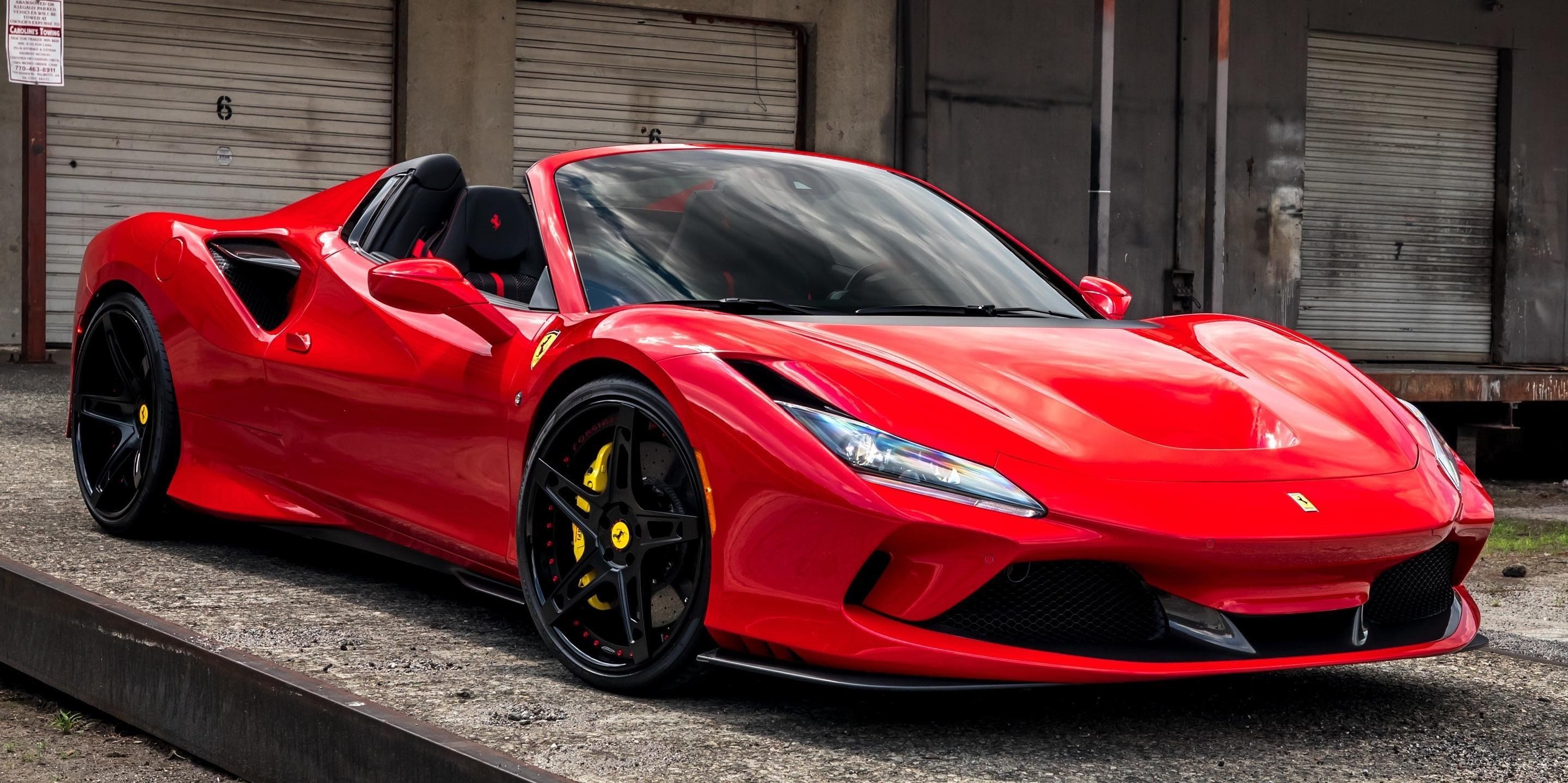
10. **Ferrari 250 GT California Replica from “Ferris Bueller’s Day Off”**Sometimes, cinematic destruction delivers not just thrills, but also uproarious laughter, and few films achieve this quite like “Ferris Bueller’s Day Off.” While the real 1961 Ferrari 250 GT California is an $11 million automotive unicorn, the filmmakers shrewdly opted for three highly convincing replicas, known as Modena Spyder Californias, for the more perilous scenes. One of these exquisite replicas, valued at over $400,000, became the star of one of the movie’s most iconic and hilariously destructive moments.
The production brilliantly used a genuine 250 GT for close-up shots, preserving its priceless value, while the replicas handled the action. The film builds towards an unexpectedly emotional scene where Ferris, Sloane, and Cameron attempt to reset the car’s odometer by running it in reverse on jack stands. Cameron, wrestling with deep-seated issues concerning his father’s affection for the car, reaches a breaking point and violently lashes out, kicking the vehicle in a fit of frustration. This outburst crumples the grille, dents the hood, and damages the bumper.
In the aftermath of his rage, Cameron inadvertently dislodges the jacks by resting his foot on the hood, setting off a chain of events that is pure cinematic gold. The trio watches in horrified disbelief as the tires hit the garage floor with a screech, and the Ferrari, now with a mind of its own, reverses uncontrollably. It smashes through the floor-to-ceiling glass window, plunging spectacularly out of shot and into the ravine below.
This scene is a masterpiece of comedic timing and visual storytelling, making the replica Ferrari’s plunge an unforgettable moment. Despite its status as a replica, the Modena Spyder California’s impressive value — with an unused model fetching over $400,000 at auction — firmly secures its place as one of the most expensive cars ever “wrecked” in movie history. It’s a vivid illustration that cinematic impact isn’t always about destroying an original, but about creating an illusion so compelling, the audience feels the loss just as profoundly.
Read more about: Hollywood’s Most Audacious Crashes: The Jaw-Dropping Costs of Wrecking 14 Legendary Cars in Film History

11. **Lamborghini Huracán from “Doctor Strange”**The Marvel Cinematic Universe often blends spectacular visual effects with poignant character development, and in “Doctor Strange,” a tragic car crash serves as the pivotal turning point for our hero. The scene, set to the psychedelic ’60s sounds of Pink Floyd, features Dr. Stephen Strange, a brilliant but arrogant surgeon, recklessly navigating a mountain road in his gleaming Lamborghini Huracán. This scene isn’t just about a car crash; it’s about the shattering of a life and the birth of a legend.
Dr. Strange’s high-performance Lamborghini Huracán, a model renowned for its superb driving dynamics and powerful V10 engine, perfectly embodied his visionary and ambitious personality. He takes unnecessary risks, talking shop during a call, overtaking on blind corners, and narrowly avoiding oncoming traffic, even as the heavens open and rain batters the asphalt. In a fateful glance at an image on his screen, the Huracán clips another vehicle, sending it careening off the side of the mountain.
What follows is a meticulously choreographed sequence of destruction: glass shatters, airbags inflate in slow motion, and the Huracán spins like an out-of-control propeller before finally crashing into a river. This catastrophic event leads to career-ending hand injuries for the surgeon, a loss that forces him on a journey of self-discovery, ultimately transforming him into the Sorcerer Supreme.
Remarkably, Lamborghini actually provided a genuine Huracán for filming, and it met a very real, very destructive end on set. This commitment to authenticity extended to multiple vehicles; according to director Scott Derrickson, nine Lamborghinis were wrecked in total for this crucial scene. Each Huracán carried a value of approximately $238,600 at the time of filming, accumulating to a staggering total of $2.15 million in destroyed automotive beauty. While Lamborghini CEO Stefano Domenicali highlighted the car’s safety features in Strange’s survival, the scene serves as an undeniable, albeit costly, cinematic reminder to always keep your eyes on the road.
Read more about: Hollywood’s Most Audacious Crashes: The Jaw-Dropping Costs of Wrecking 14 Legendary Cars in Film History
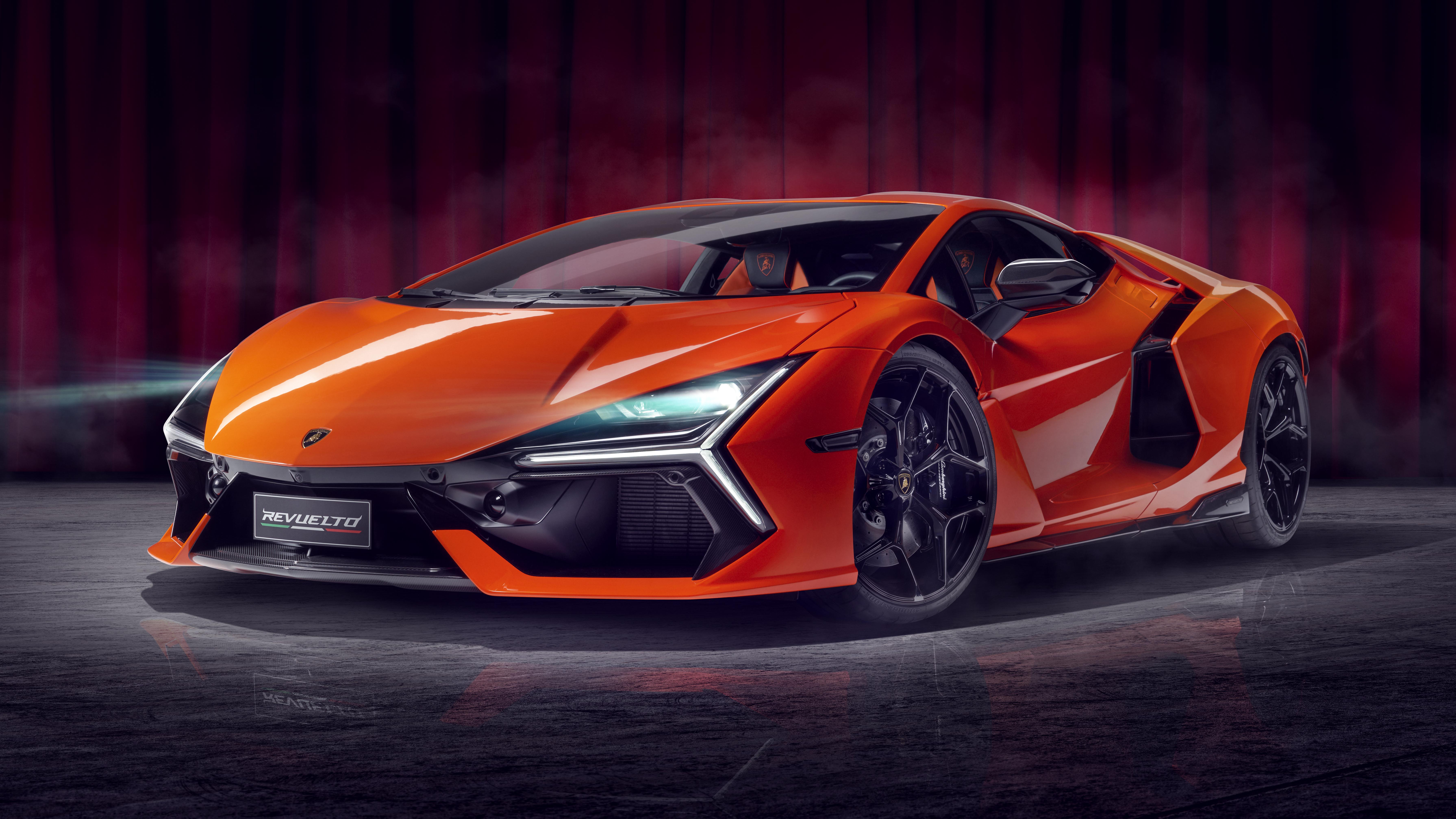
12. **Lamborghini Countach from “The Wolf of Wall Street”**”The Wolf of Wall Street” is a no-holds-barred cinematic exploration of excess, and nothing captures the sheer debauchery and consequences of Jordan Belfort’s lifestyle quite like the dramatic destruction of his pristine Lamborghini Countach. Director Martin Scorsese, with an unwavering dedication to authenticity, insisted on using a genuine Countach for the film, elevating the impact of its eventual ruin.
The scene unfolds with Belfort (played by Leonardo DiCaprio) attempting to drive home while profoundly intoxicated on Quaaludes. After a kitchen phone call descends into slurred gibberish and a collapse, he embarks on an absurd, serpentine crawl to his front porch, where the immaculate Countach awaits, gleaming like a royal carriage. His drunken, slinky-like descent down the stairs and improbable entry into the driver’s seat lead to an epic journey home, which he believes was completely unscathed.
The illusion is shattered the next morning when Belfort is confronted by police officers and shown the truly horrifying wreckage of his beloved supercar. The audience is then treated to the full, unvarnished sequence of the previous night’s automotive mayhem. We witness screeching tires, a reverse into a parked car, a plow into a golf buggy, another collision with a parked vehicle, and then maniacal driving into street signs, all accompanied by Belfort’s incoherent cussing at other drivers.
The final, extensively damaged state of the Countach strongly implies that numerous other unreported crashes and scrapes didn’t make the final cut. Two genuine Countach models were used in production for this sequence. One survivor sold for a cool $1.655 million, while its wrecked sibling was expected to fetch up to $2 million. However, despite its infamous on-screen role, the highest bid for the wrecked car was $1.35 million, falling short of its reserve price and leaving it unsold. Regardless, Scorsese’s commitment to using real vehicles for such an unforgettably chaotic display cemented the Countach’s place as one of cinema’s most expensive and tragically authentic automotive sacrifices.
From the unscripted agony of a Porsche 917K split in two to the deliberate obliteration of multiple Aston Martin DB10s and Lamborghini Huracáns, Hollywood’s fascination with vehicular destruction is a genre unto itself. These aren’t merely crashes; they are meticulously planned, often incredibly costly, and always profoundly impactful moments that elevate storytelling. Each wrecked supercar, whether a genuine multi-million-dollar machine or a precisely crafted replica, contributes to a legacy of cinematic daring.
Car Model Information: 1986 Lamborghini Countach LP5000 Quattrovalvole
Name: Lamborghini Countach
Caption: Lamborghini Countach LP5000 QV
Manufacturer: Lamborghini
Production: 1974–1990
Assembly: Sant’Agata Bolognese
Designer: Marcello Gandini
Class: Sports car
BodyStyle: coupe
Layout: Longitudinal engine,mid-engine,rear-wheel-drive
Related: Lamborghini LM002
Engine: Lamborghini V12,V12 engine,LP400, LP400 S: {{cvt,3929,cc,L,1,disp=flip
Transmission: synchromesh,Manual transmission
Wheelbase: 96.46 in
Abbr: on (LP5000QV)
Order: flip
Length: 162.99 in
Width: LP 400: {{cvt,74.28,in,mm,0,abbr=on,order=flip
Height: 42.13 in
Weight: {{convert,1300.5,kg,lb,0,abbr=on
Predecessor: Lamborghini Miura
Successor: Lamborghini Diablo
Doors: Scissor doors
Sp: uk
Categories: 1980s cars, 1990s cars, All articles with unsourced statements, Articles containing Italian-language text, Articles containing Piedmontese-language text
Summary: The Lamborghini Countach ( KOON-tahsh) is a rear mid-engine, rear-wheel-drive sports car produced by the Italian automobile manufacturer Lamborghini from 1974 until 1990. It is one of the many exotic designs developed by Italian design house Bertone, which pioneered and popularized the sharply angled “Italian Wedge” shape.
The wedge style was introduced to the public in 1970 with the Lancia Stratos Zero concept car. The first showing of the Countach prototype was at the 1971 Geneva Motor Show, as the Lamborghini LP500 concept.
The “Countach” nameplate was reused for the Sián-based limited-production hybrid-electric model called the Countach LPI 800-4 in 2021.
Get more information about: Lamborghini Countach
Buying a high-performing used car >>>
Brand: Lamborghini Model: Countach
Price: $674,900 Mileage: 15,743 mi.
Read more about: Hollywood’s Most Audacious Crashes: The Jaw-Dropping Costs of Wrecking 14 Legendary Cars in Film History
These films remind us that the pursuit of authentic, heart-pounding action knows no bounds, pushing the limits of budget and engineering. For us automotive enthusiasts, it’s a thrilling, albeit sometimes painful, viewing experience, a testament to the fact that for the right shot, for the perfect moment of high-octane drama, even the most cherished and expensive cars can become spectacular, memorable sacrifices on the silver screen. These are the moments that truly drive home the power of cinema, leaving us both awestruck and perhaps a little bit sad for the beautiful metal that gave its all for our entertainment.

